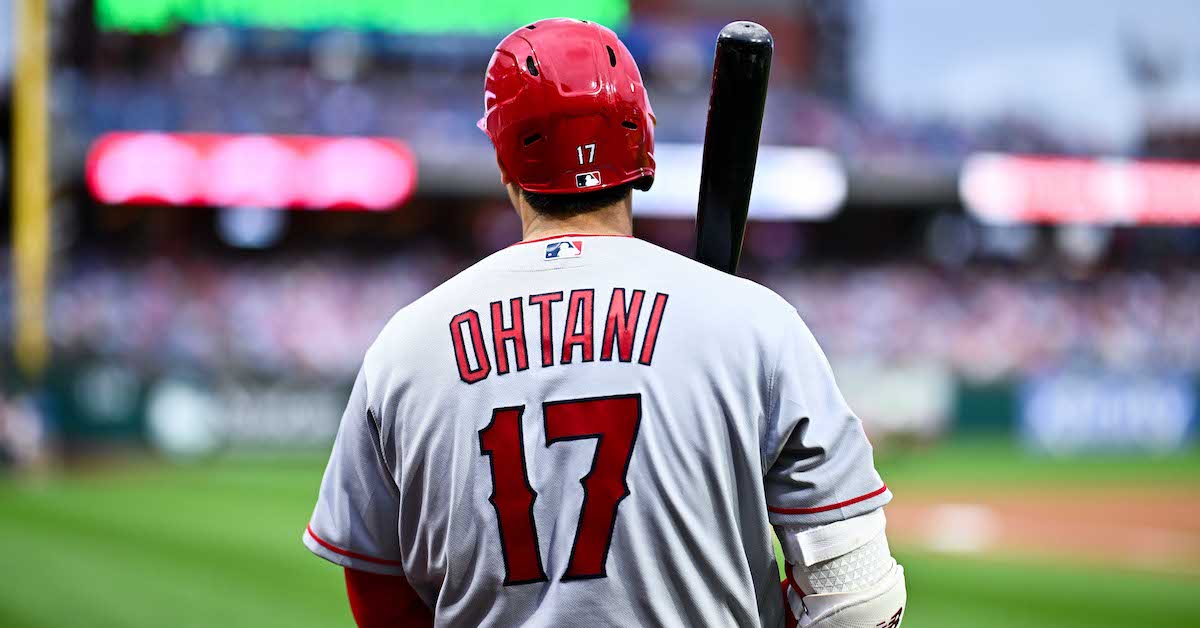Cubs Prospect Luke Little Is a Large Southpaw With Low-Slot Sweep

Luke Little was an afterthought when our 2023 Chicago Cubs Top Prospects list came out in early July. Pitching for Double-A Tennessee at the time, the now–23-year-old southpaw garnered no more than an honorable mention on a list that ran 52 players deep. His stock has since risen markedly. By season’s end, he had earned a big league cup of coffee and thrown 6.2 scoreless innings over seven appearances. Featuring a high-octane heater and a sweeper delivered from a low arm slot, he fanned a dozen batters and allowed just five hits.
His numbers across three levels of the minor leagues were every bit as impressive. Over 36 appearances, all but four as a reliever, the 2020 fourth-round pick out of San Jacinto College had 105 strikeouts and surrendered 40 hits in 63.2 innings. He’s an imposing figure on the mound: The Charlotte, North Carolina native stands 6-foot-8 and weighs 270 pounds.
Little discussed his repertoire and delivery prior to a late-September game at Wrigley Field.
———
David Laurila: Who are you on the mound? For instance, do you identify as a power pitcher?
Luke Little: “I like to think I’m a power pitcher. Obviously, I throw hard. At the same time, I like to think that I have good offspeed pitches. I’ve been really comfortable with my slider, and I’ve also got a good feel for my splitter now, although I haven’t thrown it too much.”
Laurila: How hard are you throwing?
Little: “Last night [September 19 against the Pirates], I sat 97 [mph] with my fastball, and my slider was 81–82. I was up to 99 with my fastball at the beginning of the year, [which is] the hardest I’ve ever thrown, when I was a starter [with High-A South Bend].” Read the rest of this entry »








